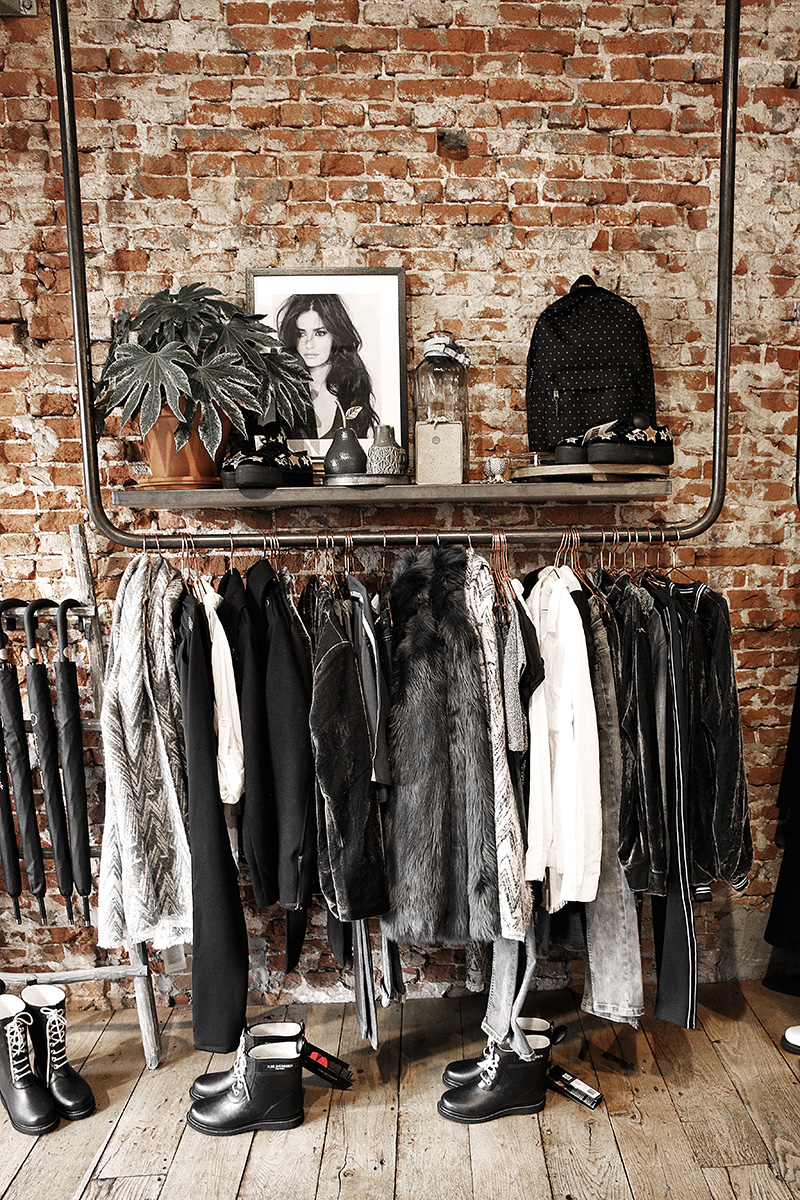
Last week, I made an order at Cult Beauty. I needed a new, heavier moisturizer for fall/winter and a primer, because I ran out of it. I carefully researched them beforehand, knew what I wanted to buy. And then, somehow, 3 other things also made their way into my basket. Another moisturizer that has been out of stock for ages and was suddenly available. A toner that I’ve been reading about a lot and was supposed to be incredible. And the retinol I wanted to try for a long time, but have been waiting for summer to be over to start it.
Suddenly, I was looking at double the cost as I originally thought.
The thing is, this only happens to me when I shop online – never in an actual store.
Don’t get me wrong – I love online shopping. It’s convenient, easy, and for someone like me who can easily get anxious in big crowds, it can really make life easier.
But it can be a friend and a foe as well with hidden (or not so hidden) traps.
The problem with online shopping
It’s TOO easy
You don’t even have to make the effort of getting dressed, going to the store, battling through traffic, browsing through everything, trying on clothes or swatching makeup. You just sit on the bed in your PJs with a cup of tea and shed out massive amounts of money almost without lifting a finger (or actually, just by lifting your finger).
+ It beckons boredom spending
Boredom is unfortunately the nest of hasty, unwarranted, and impulse shopping. Suddenly getting bored and having the great idea of “just looking” at the collections and latest offers of some online stores just invites trouble in my experience.
+ You’re literally in a giant, borderless store
Physical shopping has its natural limits: shopping streets end, your feet give up, stores have maximum capacity, and there are only so many shops that can be crammed into a mall. But the online marketplace is virtually endless. You can hop from store to store and always find newer and newer things to buy.
+ The Monopoly money effect
It’s been well-documented that people spend a lot more with credit cards than with cash. Behavioral economists and psychologists have identified specific reasons for this, like:
Payment decoupling: the act of enjoying the benefits of a purchase is not closely tied to the pain of paying for it. You don’t actually hand out the cash; payment by credit card remains kind of virtual, unseen, and distanced.
Fun stuff with cards, necessities with cash. When paying with credit cards, we tend to focus more on the benefits of a purchase, while we focus a lot more on the costs when we pay by cash. This can also lead to overvaluing the benefits and the fun parts of a purchase when we buy online with cards.
Cash is always more painful because it’s more real and transparent. Interestingly, some studies have shown that paying with cash makes us more conservative even if it’s not our own money we’re spending. Participants in an experiment spent less with cash than with credit card, even when they were given free money. This is due to the fact that cash is the most real and transparent mode of payment.
Bottom line: psychology is not on our side when it comes to frugal online shopping.
My 2nd round online shopping problem
Thankfully, impulse spending is not something I have to deal with. I’ve always been the planning type of spender – I have wishlists, seasonal lists, or replace list, and whenever I go shopping, I more or less know what I want to buy.
That doesn’t mean I’ve never made shopping mistakes, especially online (I do approximately 90% of all my shopping online). Before I implemented my reverse shopping strategy, there were times when I ended up buying more than I originally planned. Here’s how it usually went down:
I set out with finding something(s) specific. I came across something else I remembered being on my wishlist, but not on my actual, immediate shopping list. I found something else I’ve never even thought of buying, but I could totally justify getting.
Sometimes I ended up buying everything at once, even though I went over my initial budget. Sometimes (and that’s the sneaky problem), I knew I was over budget, so I only bought a part of what I found, but the tiny devil stuck with me and I ended up going back for a 2nd round and still buying everything I left at first.
I think the reason for that was that I felt I was forced to let go of them and it wasn’t MY decision – but an outside financial constraint. I couldn’t even feel totally happy about the things I bought, because I felt I was missing out on something else. Yes, it sounds silly, I know, but this is what consumerist pressure and a lack of a conscious and balanced shopping mindset can do.
Enter reverse shopping
Here’s how my online shopping looks now:
Armed with my list and the research I’ve done (always do pre-shopping research), I start online shopping. I find what I want and of course, some more. And then I put everything that passed the “very strong temptation threshold” into my basket. The 3 gray sweaters that are similar, but still slightly different. The 3rd book that caught my eye. The cleanser that popped up even though I have two others at home and I know deep down I don’t need it.
Then comes the “oh, shit” moment when I look at the total cost.
And then I close the browser and the mental act of reverse shopping begins.
I never, ever buy on the spot. I prefer to spend the next couple of days to mull over what I’d really like to buy and to see what passes the time test.
The first time I revisit the basket, I usually find that a lot of things are not that enticing anymore (even if they seemed irresistible earlier).
Logic and rationality kick in and I cut out anything I don’t have an immediate need for.
Like, out of the 2 or 3 options, only one sweater really stuck in my mind, so I’m easily able to take out the others.
At one point, it even becomes a challenge to see how much I can say no to.
After 1 or 2 revisits, I usually end up with a lot more manageable basket content that I no longer feel bad about buying, because only those things survived this purge that I really wanted and loved.
Why reverse shopping works
So, why does this strange and time-consuming shopping trick might work?
Not buying things can be just as satisfactory as actually buying
I don’t want to sound too dramatic but being able to resist the temptation to buy something often gives me just as much joy as shopping. It also makes me a lot more appreciative of what made the final cut. I know that a lot of thought went into that purchase and I don’t have an ounce of doubt left that it’s a good buy.
I can separate excitement for shopping from excitement for the actual things
Sometimes at the end of reverse shopping, I realize that researching, selecting, and pretending to be shopping are actually enough to satisfy a craving. In other words, I was more excited about the act of shopping itself than actual buying.
It’s so much easier than returning things
Yes, you can return almost everything if it doesn’t look the same in reality, doesn’t fit or you just realized it wasn’t a good decision to buy in the first place. However, isn’t it better to not having to deal with shipping and returning everything? If you could save yourself from all that hassle?
I don’t feel like I’m missing out on something
Sometimes just not buying something doesn’t work because it still remains on your mind and the “maybe I still should have gotten that” feeling kicks in. And more often than not, people go back and buy the item without thoughtful deliberation – and maybe realize after all that it was indeed FOMO and not real want or need that dictated the buying.
With reverse shopping, I feel like I am the one who makes the decision – and it’s a decision based on careful thinking and real reasons. It may be only a psychological trick, but more often than not, it works like a dream for me.
The beauty of saving tips and tricks is that once you get used to them, they don’t require a conscious effort anymore, but start to really transform your mindset. By now, I don’t even have to do reverse shopping as much as when I began – it became such a habit that I really became more conscious about what I choose to even think about buying.
By the way – back to my original example, I, of course, ended up only with my original purchases. I concluded I don’t need two moisturizers, I still have some toners I have to use up before I buy a new, and I won’t be trying retinol until January, so why buy now.
And it felt really good to throw them out of my basket.
What do you think about reverse shopping? How do you shop online?
SaveSave

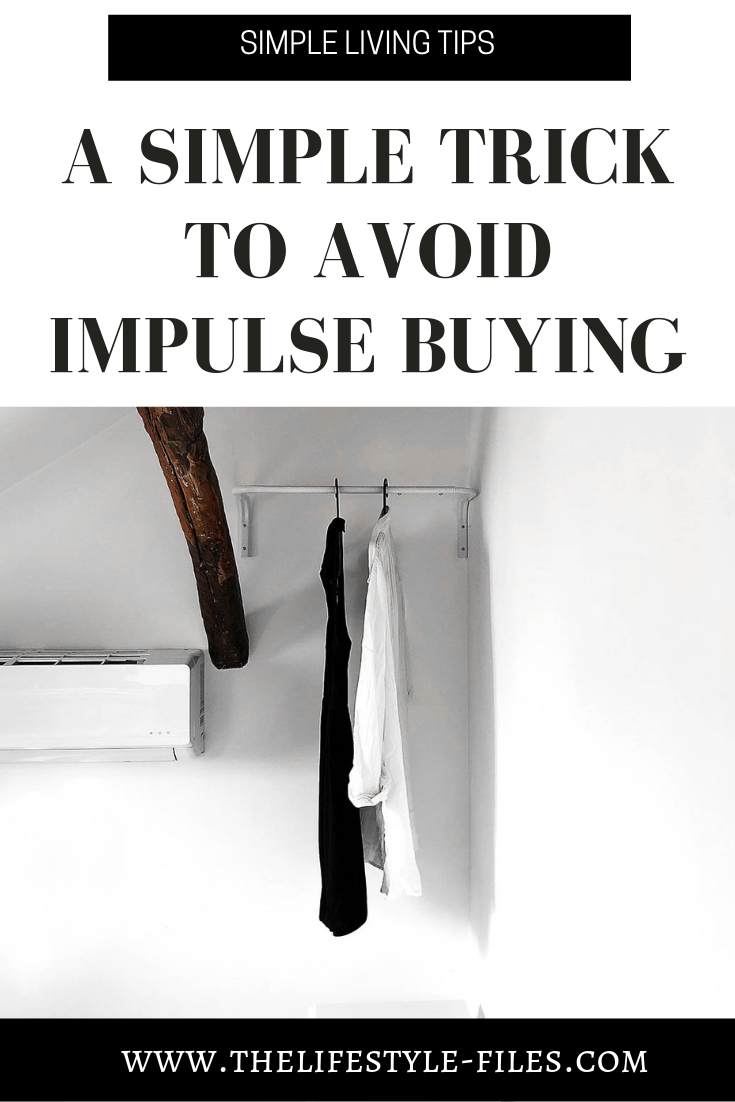
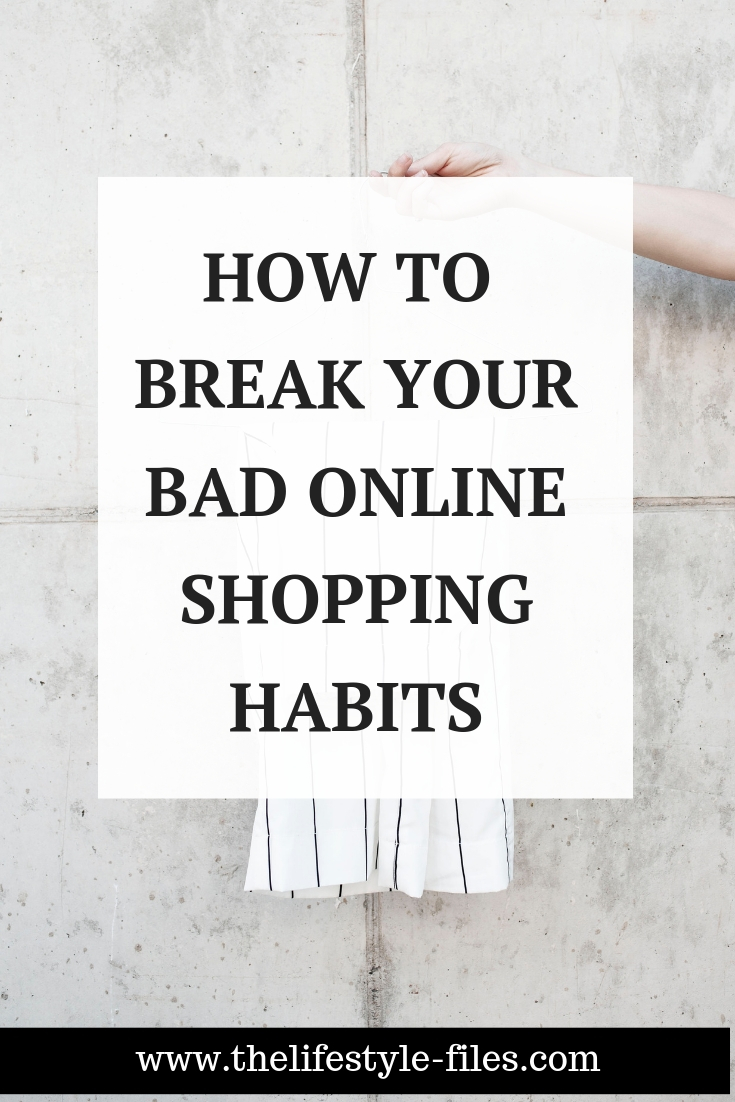
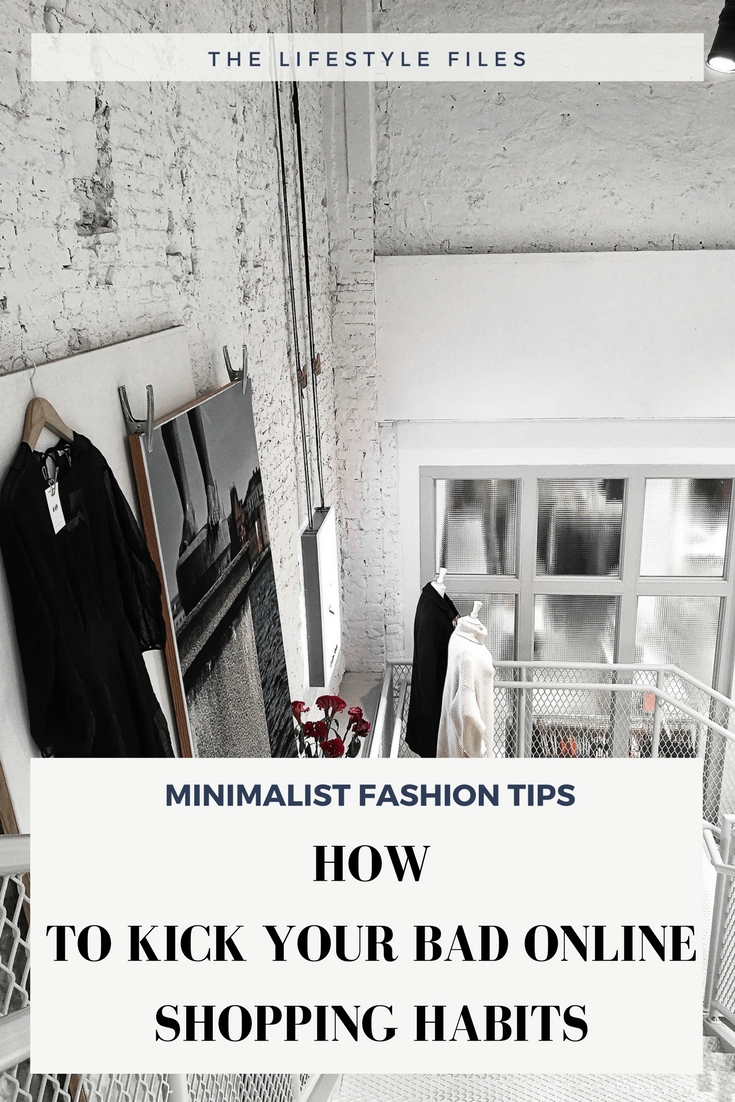
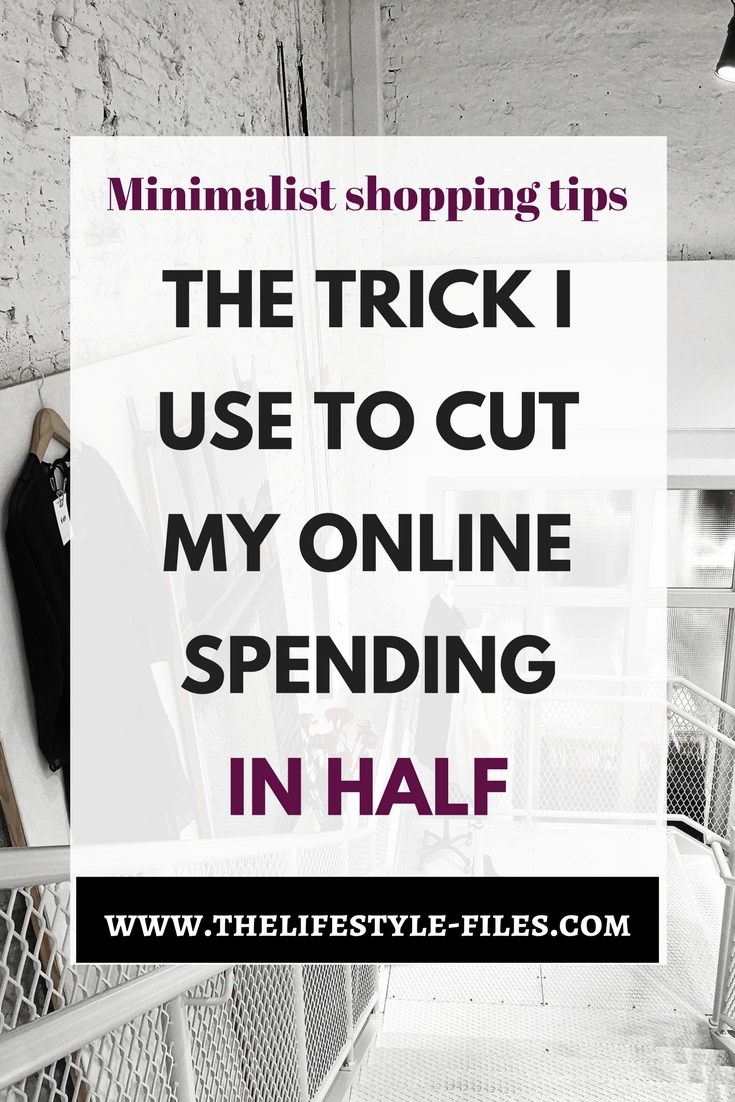
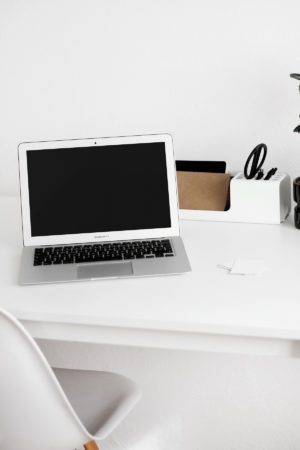
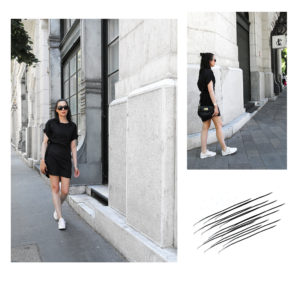
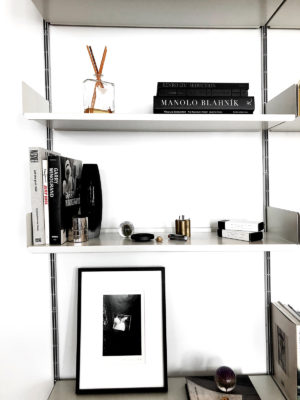
This is such a great post! I agree with the idea of the internet being one borderless store. I do something similar, in that I make myself write down the items I want and their cost and tot it all up. When you buy things here and there, you often don’t consider the total cost of all of that spending combined. It’s very sobering. I also, have a wishlist board on pinterest and I pin the things I’d like and then, as you do, sit an mull it over. Usually, just allowing this bit of time, means I remove the excitement and emotion from the purchase and spend a lot less. Yay to these management mechanisms!
Love your techniques as well! I don’t care whether they seem time consuming, (sometimes I mull over a purchase for weeks), as yoh said, they really do work and that’s all what counts:)!
This is genius and something I really need to work on!! I’m so bad at adding a tonne of things to my basket that I don’t need and when it comes to clothes shopping I always fill baskets and then never buy them because I get too carried away! xx
Robyn | http://www.littlebobloves.co.uk
At least you’re not buying them:) But yes, it’s a nice little trick – it’s definitely working for me